So what exactly makes bourbon, bourbon?
As we close in on the date we run our first bourbon through the stills, we thought it would be worthwhile to explore what exactly bourbon is, because lore and truth about our official spirit seem to have diverged in the snowy woods of time. With your permission, we’ll take the less-traveled road of truth on this one.
Made in the US
First things first, bourbon must be made in the US. That’s where the lawmakers have drawn the line. So does bourbon have to be made in Kentucky? No. That’s just what they’d like you to think. Rather, any distillery in the US — even that youngster, Hawaii (our 50th state), over two thousand miles off the California coast — can make bourbon.
And a number of non-Kentucky distilleries are making delicious ones, at that. Don’t believe us? Book a direct flight to Austin, Texas, then saddle up a vehicle and drive an hour due west to find out first hand at Garrison Brothers Distillery.
At least 51% corn
Next up, bourbon’s grain recipe must consist of at least 51% corn. This makes sense, as bourbon first originated around 1820 in the South, where corn grows with reckless abandon. The rest of bourbon’s grain recipe (the “mash bill” or “grain bill”) may consist of any other grain. Rye, barley, and wheat arethe most common. Note that there are two main styles of bourbon today: high rye and high wheat. The difference boils down to the secondary grain.
After corn, if a bourbon’s next most prominent grain is rye, it is, not surprisingly, considered a high rye bourbon. These are spicier and bolder. Examples include Four Roses, Jim Beam, and Bulleit (which was, until recently, made by Four Roses).
If a bourbon’s next most prominent grain after corn is wheat, it’s a high wheat bourbon. These are more rare and often have notes of salted caramel. Pappy Van Winkle, Maker’s Mark, and our first bourbon, Fiddler, all fall into this category.
Aged in new charred American oak
Third, bourbon must be aged in new charred American oak, most often in the form of a barrel. Note here that, though most people refer to all beer-belly-shaped vessels for aging whiskey as "barrels", “cask” is the more correct term in the industry. Why? Because “barrel” refers only to standard 53 gallon casks that most bourbon today is aged in, while some distilleries use 30 gallon or 15 gallon barrels/casks, known as “quarter casks”, or even casks that are bigger than the standard 53 gallon bourbon barrel if they so choose. (Although it wouldn’t be ideal, as bigger casks take more time to age whiskey.) Learn more about the various types of casks, including the American Standard Barrels oft-used for bourbon here.
Also notice that there’s no requirement for a minimum time spent in new charred American oak. So as soon as “white dog” — or newly made bourbon —touches the inside of a new, charred American oak cask, a distillery can call it a bourbon. But a mere week inside a cask often isn’t enough time to smooth out the otherwise rough-hewn new make. This is why most bourbon is aged at least one year. It’s not required, but palates the world over strongly encourage it.
One final thought on the charred barrels: by charring the inside, a cooper caramelizes parts of the oak known as the hemicellulose, lending flavors of chocolate and butterscotch, and lignins, lending vanilla characteristics. The charred interior also acts as a charcoal filter to shake the spirit down for all its hard edges as it passes in and out of the oak’s pores over the months.
The final two requirements for bourbon are a bit nerdier and more technical — both are requirements of proof, or alcohol by volume.
Distilled at no higher than 160 proof
To qualify as bourbon, the 51%+ corn spirit cannot be distilled higher than 160 proof, or 80% alcohol by volume. Why is this? Because Congress determined that, above 160 proof, a spirit starts to lose the bold and spicy characteristics that define a typical bourbon, becoming less distinctive in the process.
Put into barrels at no higher than 125 proof
The other proof requirement and final overall requirement stipulates that new make that would otherwise qualify as bourbon cannot enter a barrel at more than 125 proof. Why is this? Well, there you stumped us. But conjecture has always been a favorite pastime of ours. So we’ll speculate that a first-term Congressman from Missouri had, through the years, witnessed firsthand what slack demand can do for entire industries and decided to do something about during in the early 1900s.


